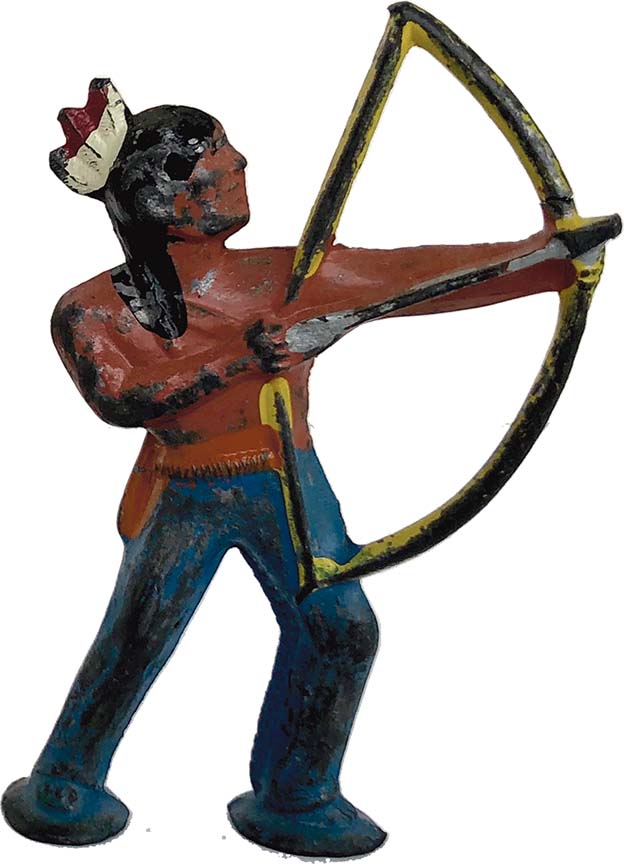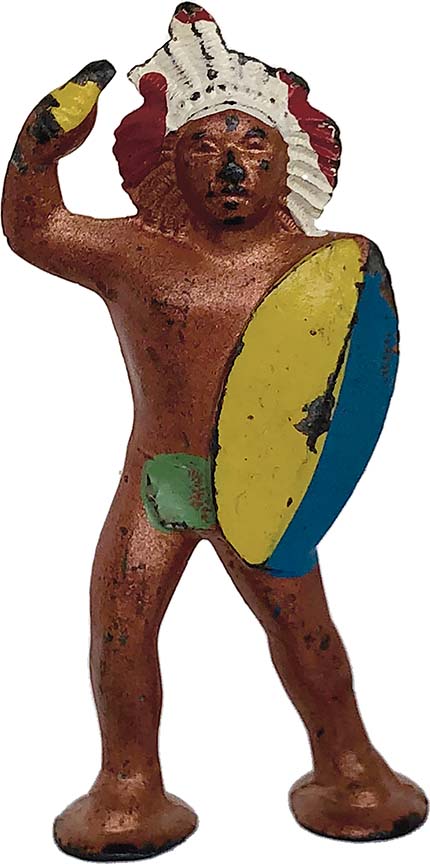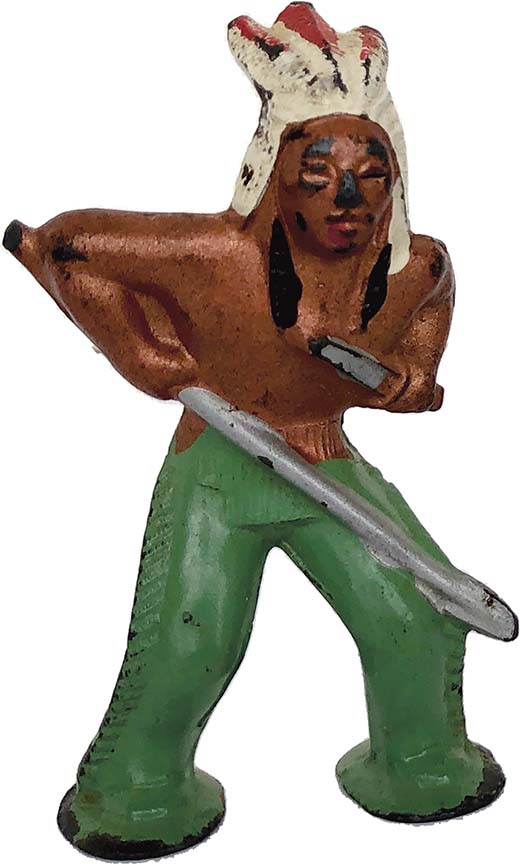
Dorri Partain
Contributor
Small figures made of wood or clay used for battle strategy were once used by pharaohs and kings, centuries before becoming toys for children.
Typically around two inches tall, the first mass-produced figures were molded from tin. Inspired by the military prowess of Frederick the Great (1712-1786), king of Prussia, German brothers Gottfried and Johann Hilpert began manufacturing soldier sets in 1775.

Following the American Civil War, soldiers were modeled to represent Union and Confederate armies, with horses and cannons as added accessories. Soldier figures were updated following World War I, with additional accessories of tanks and new figures like soldiers on motorcycles.
Barclay Manufacturing Company of Union City, N.J., began making a full range of military figures in 1922. The figures were cast from antimonial lead, 87% lead and 13% antimony, for stability. Figures were then sprayed with a base coat and details were hand-painted. By the onset of World War II, when many manufacturers switched to military production, the company employed 400 and offered 1,000 styles of figures: soldiers, knights, police, fire fighters, railway workers and train passengers, and wild west figures then called “Cowboys and Indians.”

Individual figures and sets were sold at Woolworth’s and other dime stores.
The rising cost of lead following World War II led to the modification of figures; full standing bases were reduced to create pod feet, as shown in the figures pictured above. Competition from toy manufacturers casting figures from plastic caused Barclay to close their factory in 1971, and all the molds used for casting were sold for scrap.
Reproduction of popular Barclay figures is now a cottage industry based in Manorville, N.Y. Using molds created from original figures, Barclay Products Company casts and hand paints figures that are 45% lead, with the remaining 55% using tin, copper, and bismuth. Now only sold online (www.barclaycompany.com), the company does not offer any wild west figures.
















